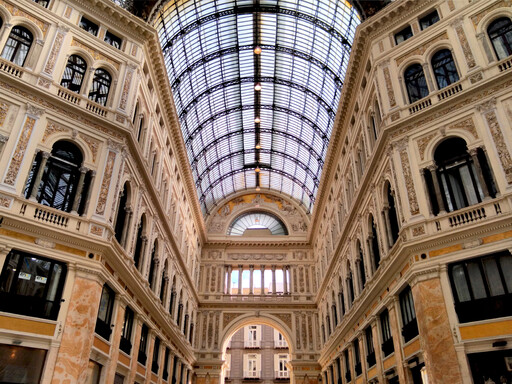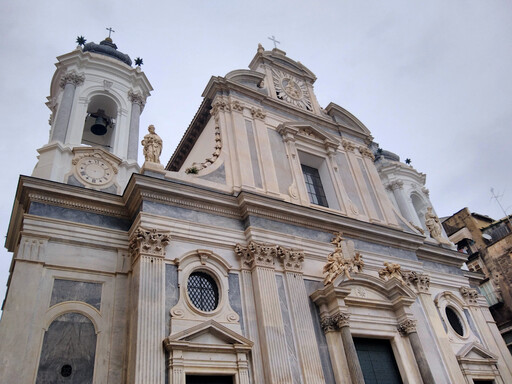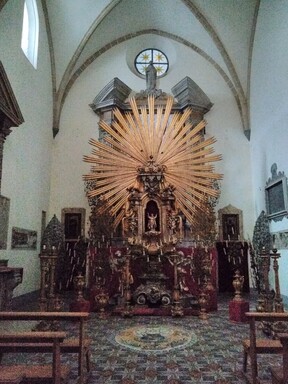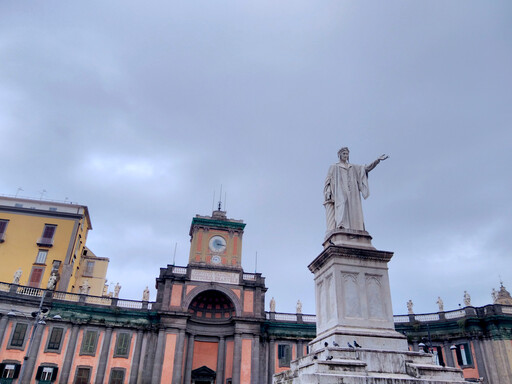Napoli
The Greek warrior Ὀδυσσεύς/Odysseús/Ulysses sails the Tyrrhenian Sea in his journey returning from the Trojan War. He passes the Italian coast by the island of the Sirens, beautiful female sea creatures who lure men to their death with their voices and music. With counsel from the goddess and sorcerer Circe, he is able to escape the enchantment, and proceeds his travels, through the underworld of ᾍδης/Hades.
One of the Sirens, Παρθενόπη/Parthenópe (παρθένος + ὄψ, “the maiden-voiced”) throws herself into the sea for being unable to enchant him, and is carried to the shore on the island of Megaride. Later, when Greek settlers of Magna Graecia founded a city there, they named it after her. This “new city”, the Νεάπολις/Neápolis as it came to be known later, would become the central axis of the Greco-Roman world.
It is much different from other Italian cities such as Roma or Milano, it takes some time to get used to. But there is enough heart-achingly beautiful art and spectacular nature (those will have to wait for another post) to make sure that happens.
Then queenly Circe spoke to me and said: “All these things have thus found an end; but do thou hearken as I shall tell thee, and a god shall himself bring it to thy mind. To the Sirens first shalt thou come, who beguile all men whosoever comes to them. Whoso in ignorance draws near to them and hears the Sirens' voice, he nevermore returns, that his wife and little children may stand at his side rejoicing, but the Sirens beguile him with their clear-toned song[…]. But when thy comrades shall have rowed past these, thereafter I shall not fully say on which side thy course is to lie, but do thou thyself ponder it in mind, and I will tell thee of both ways.

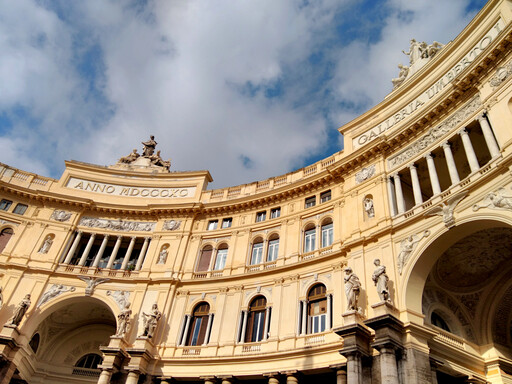
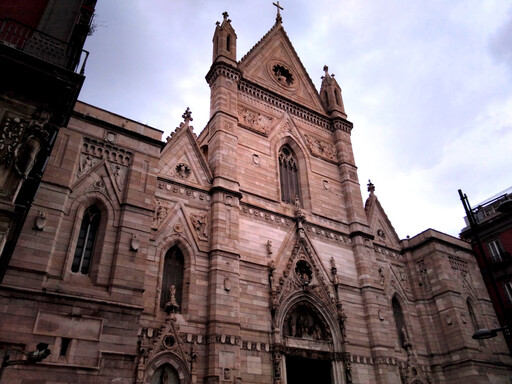

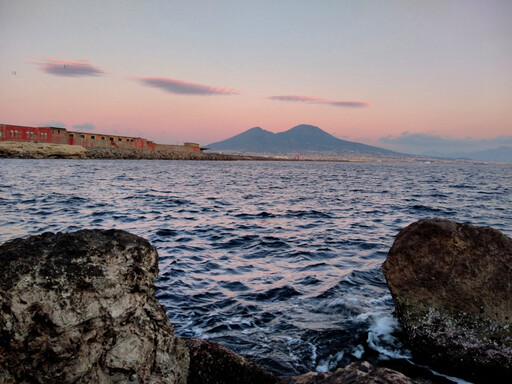

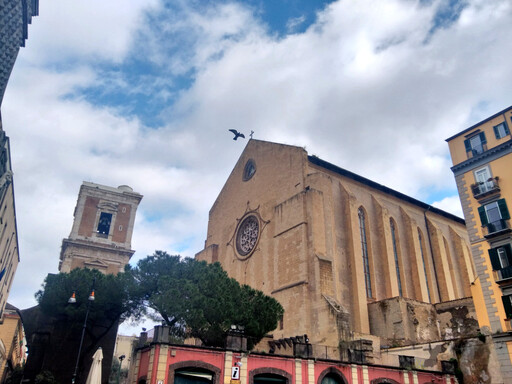
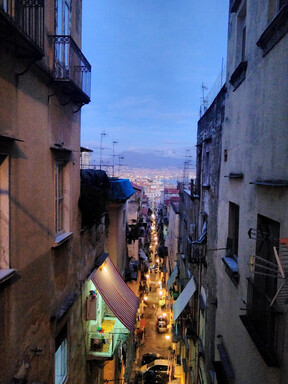

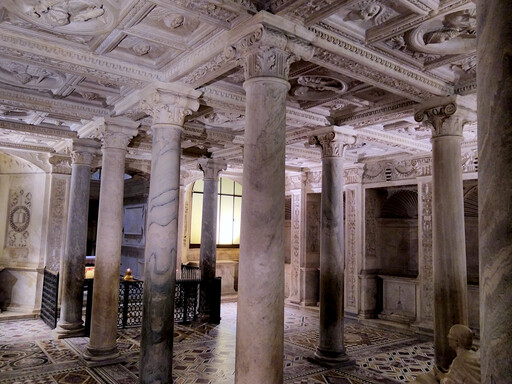
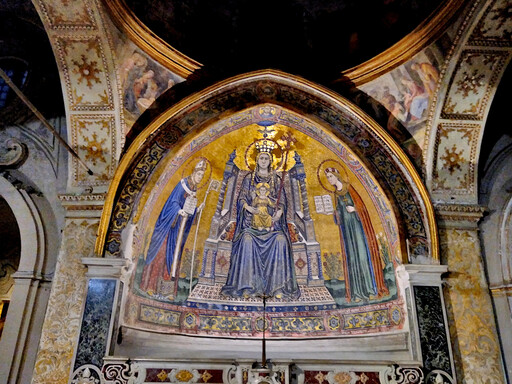
veni sponsa Christi accipe coronam

